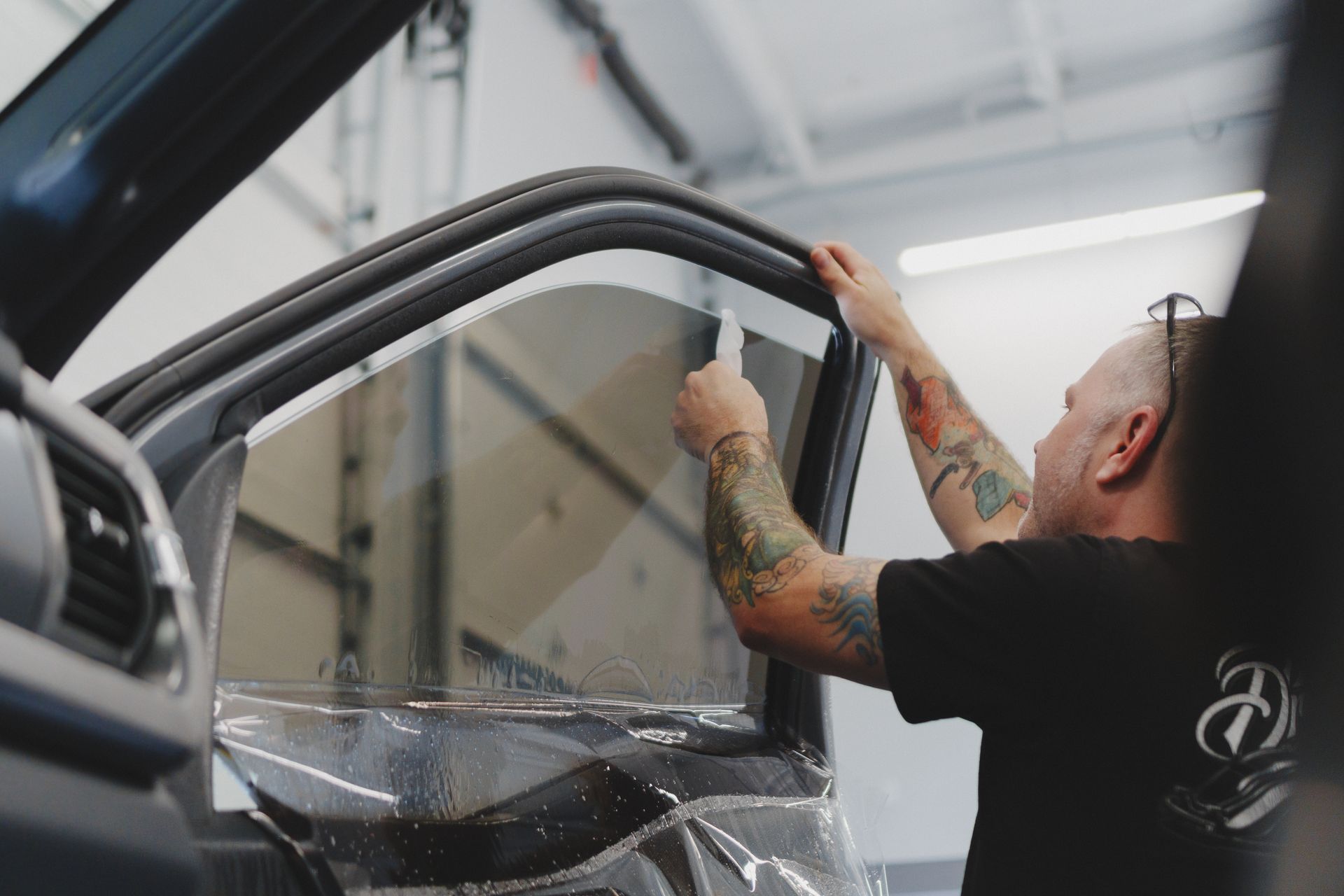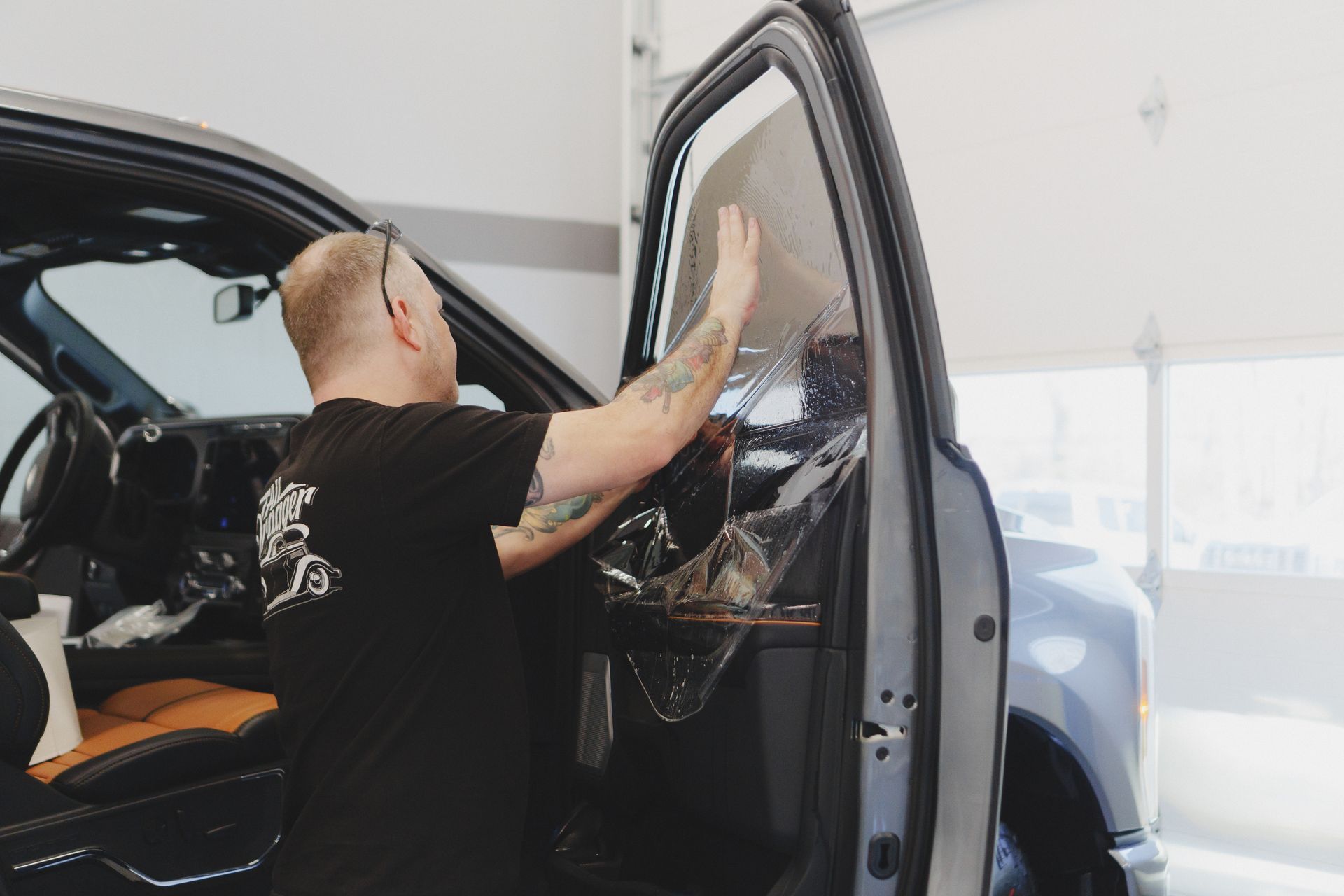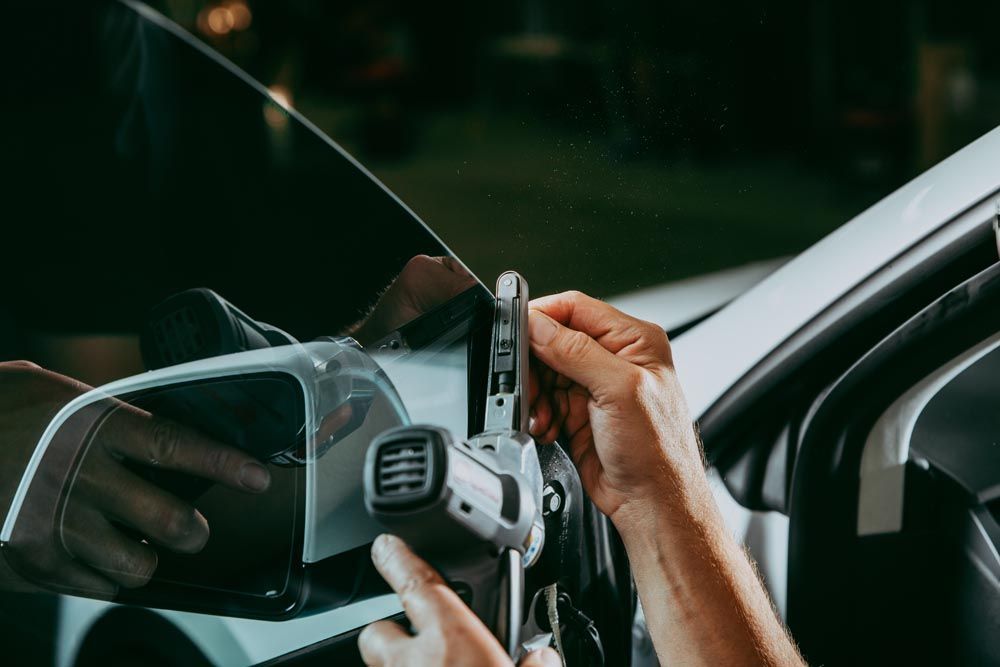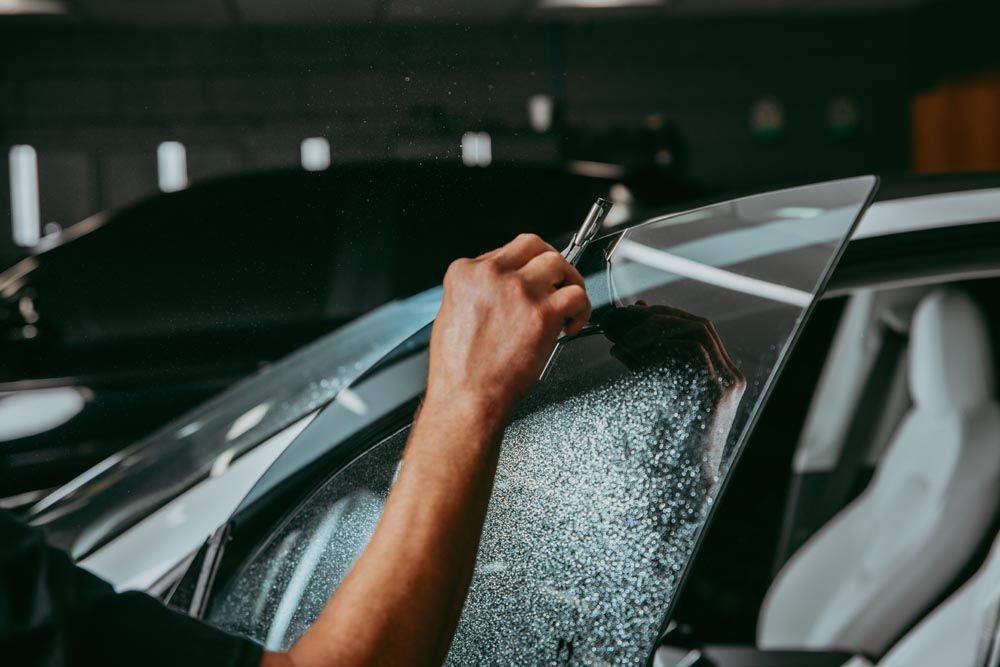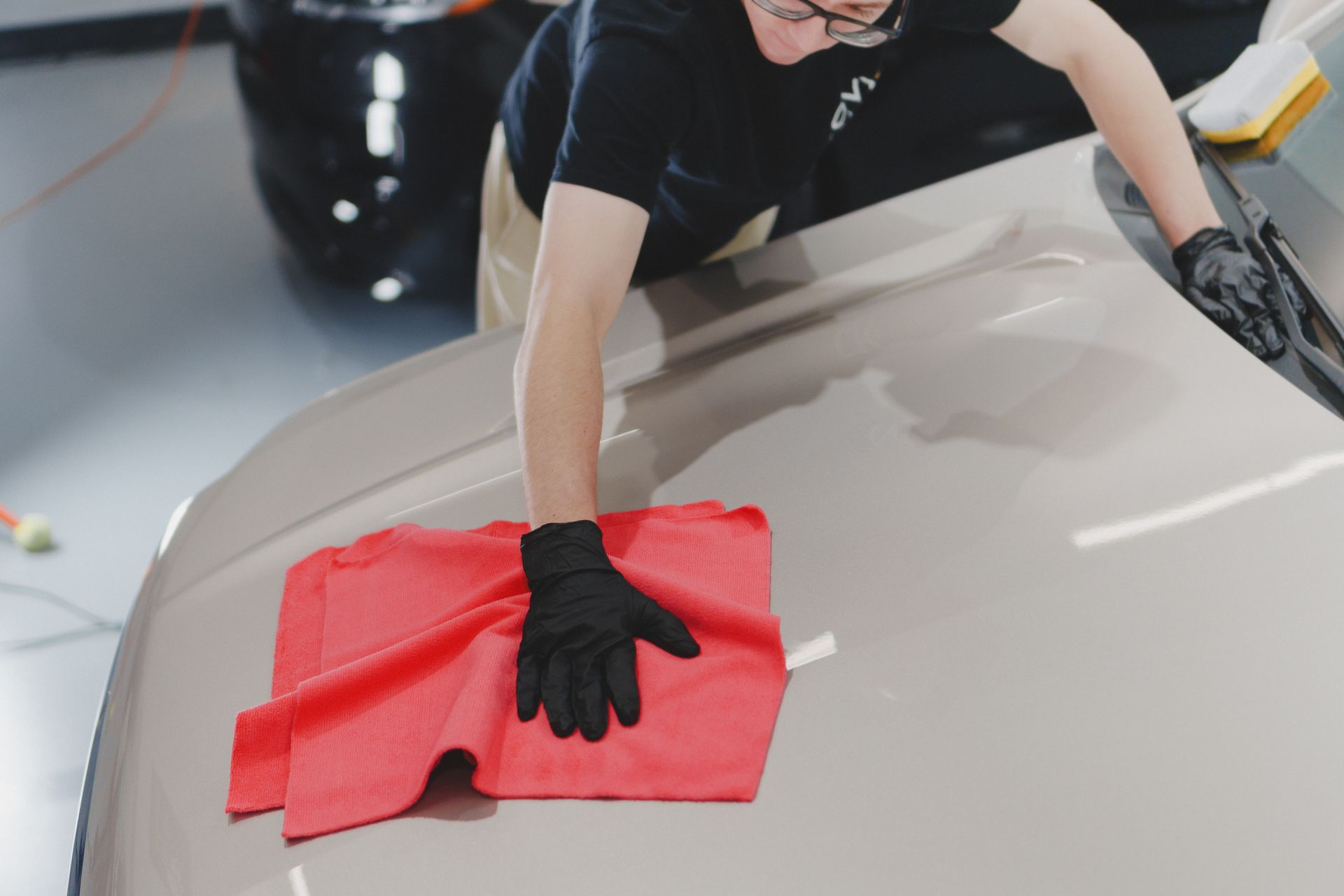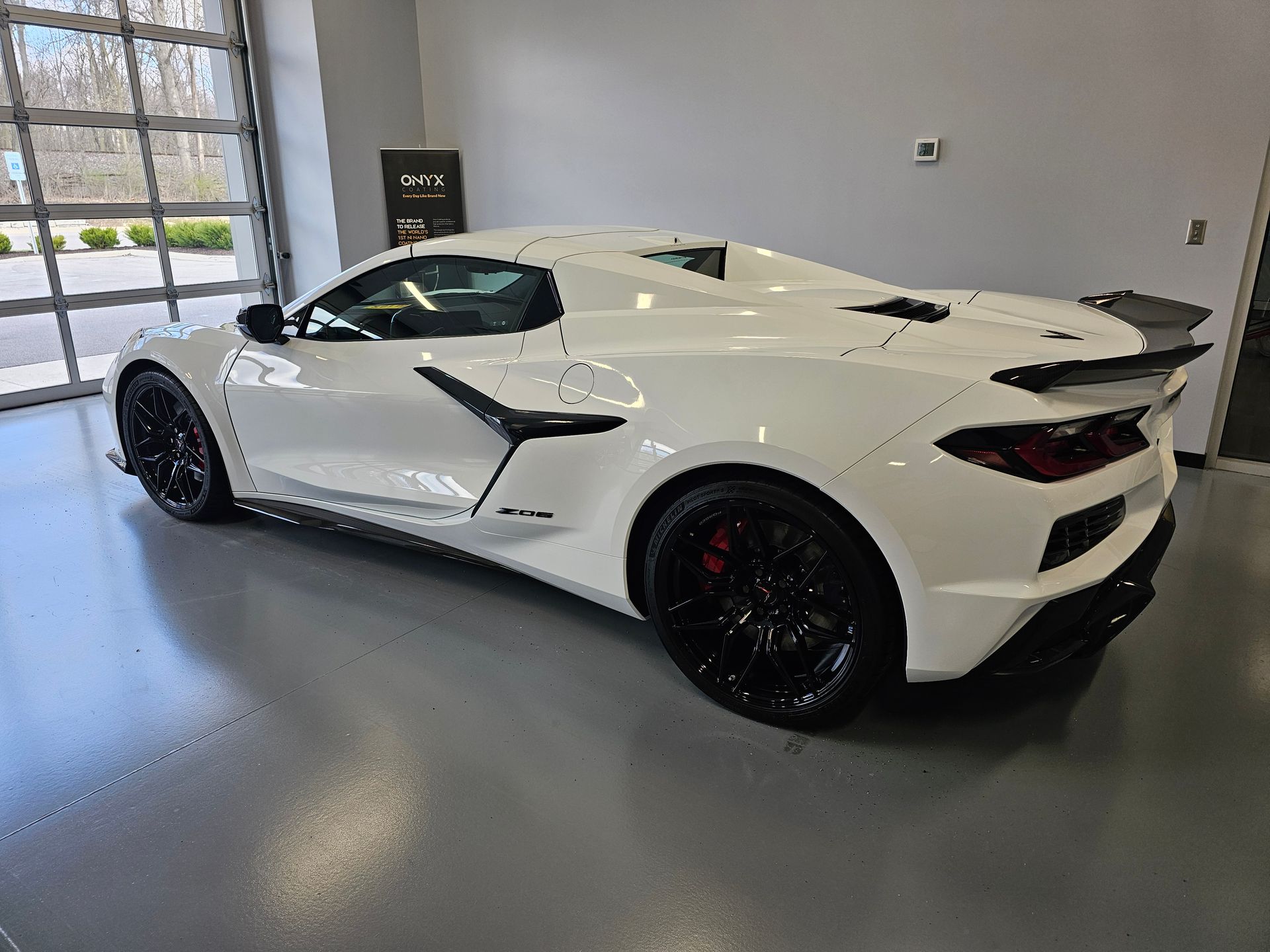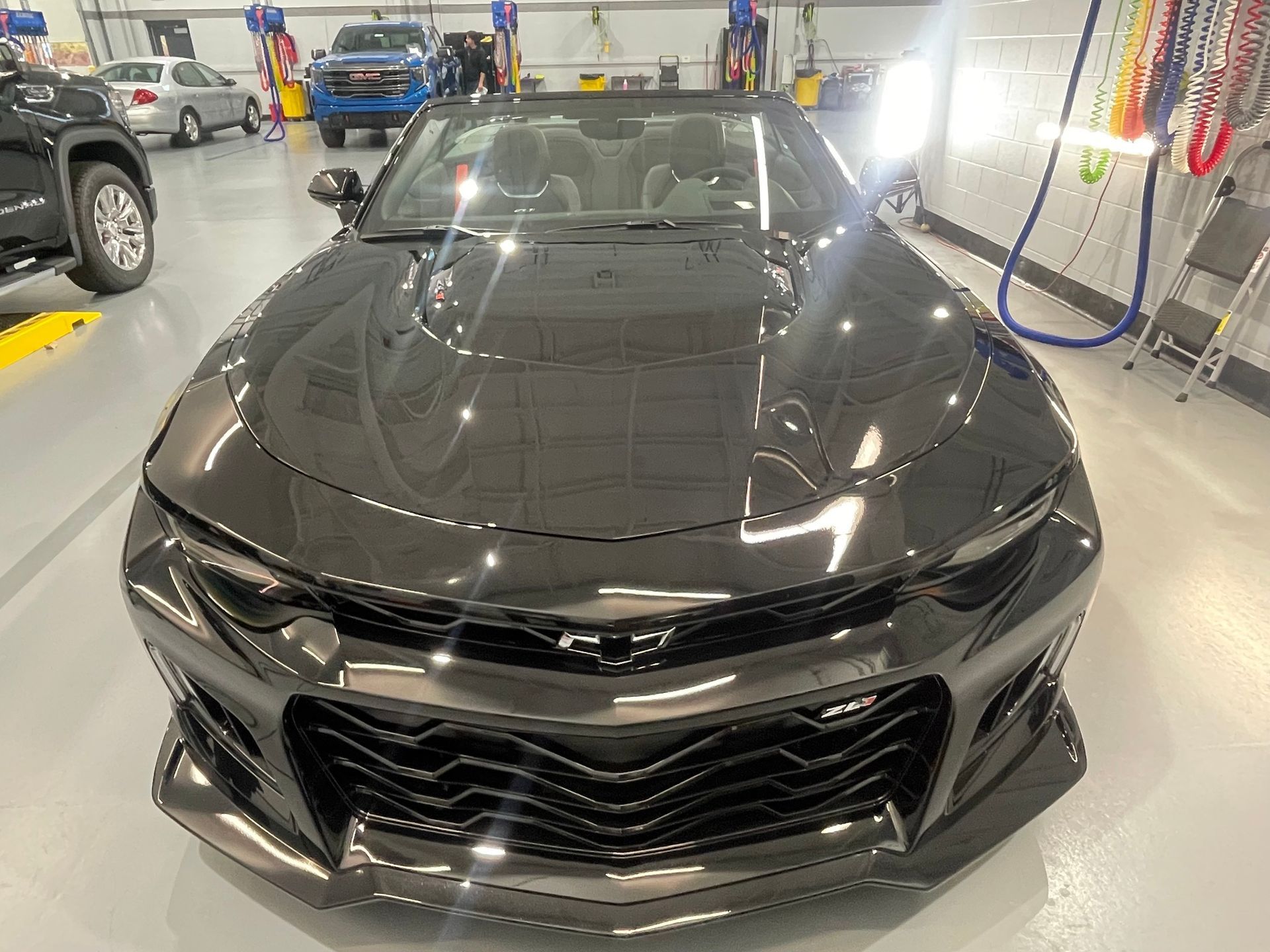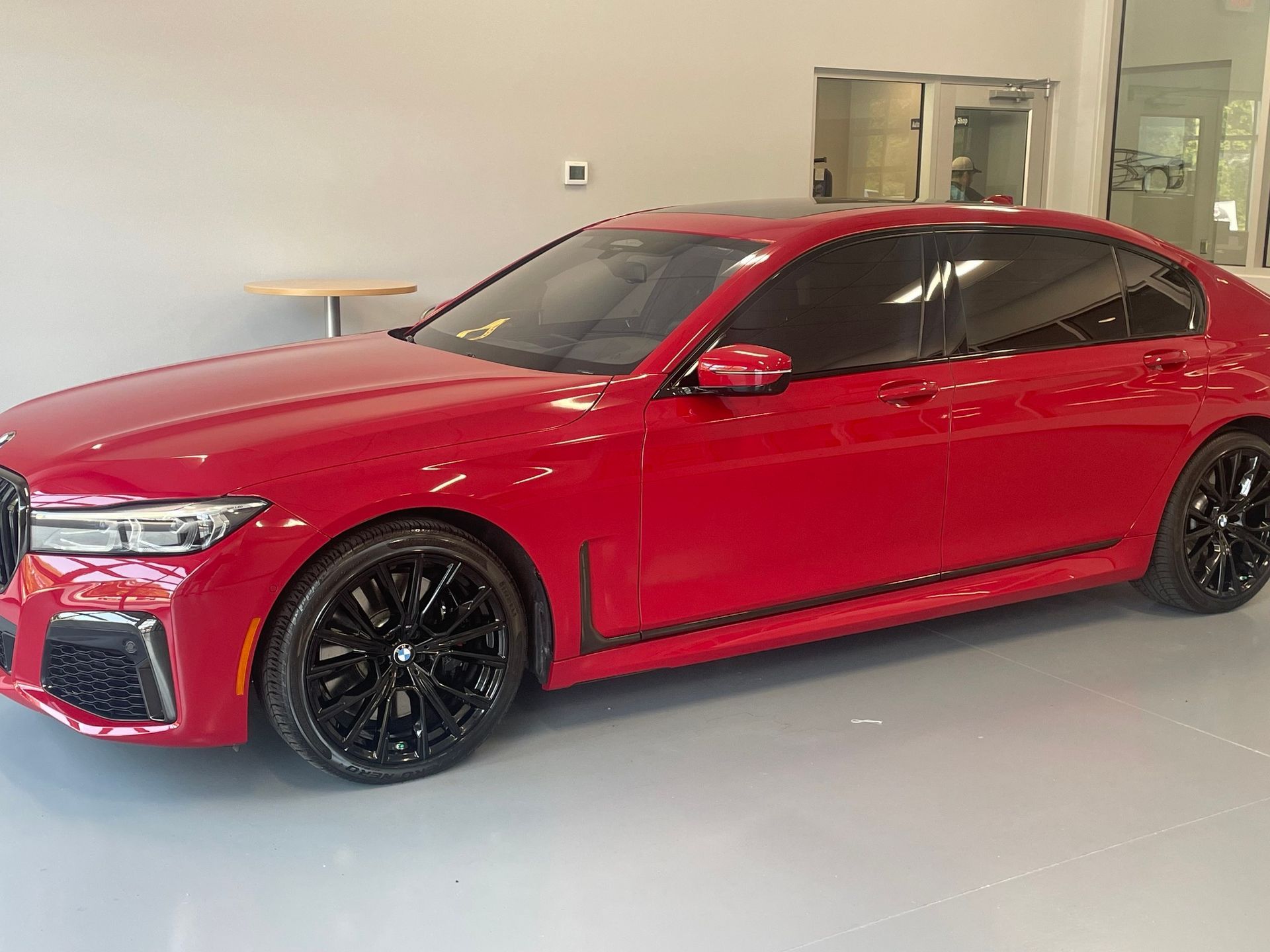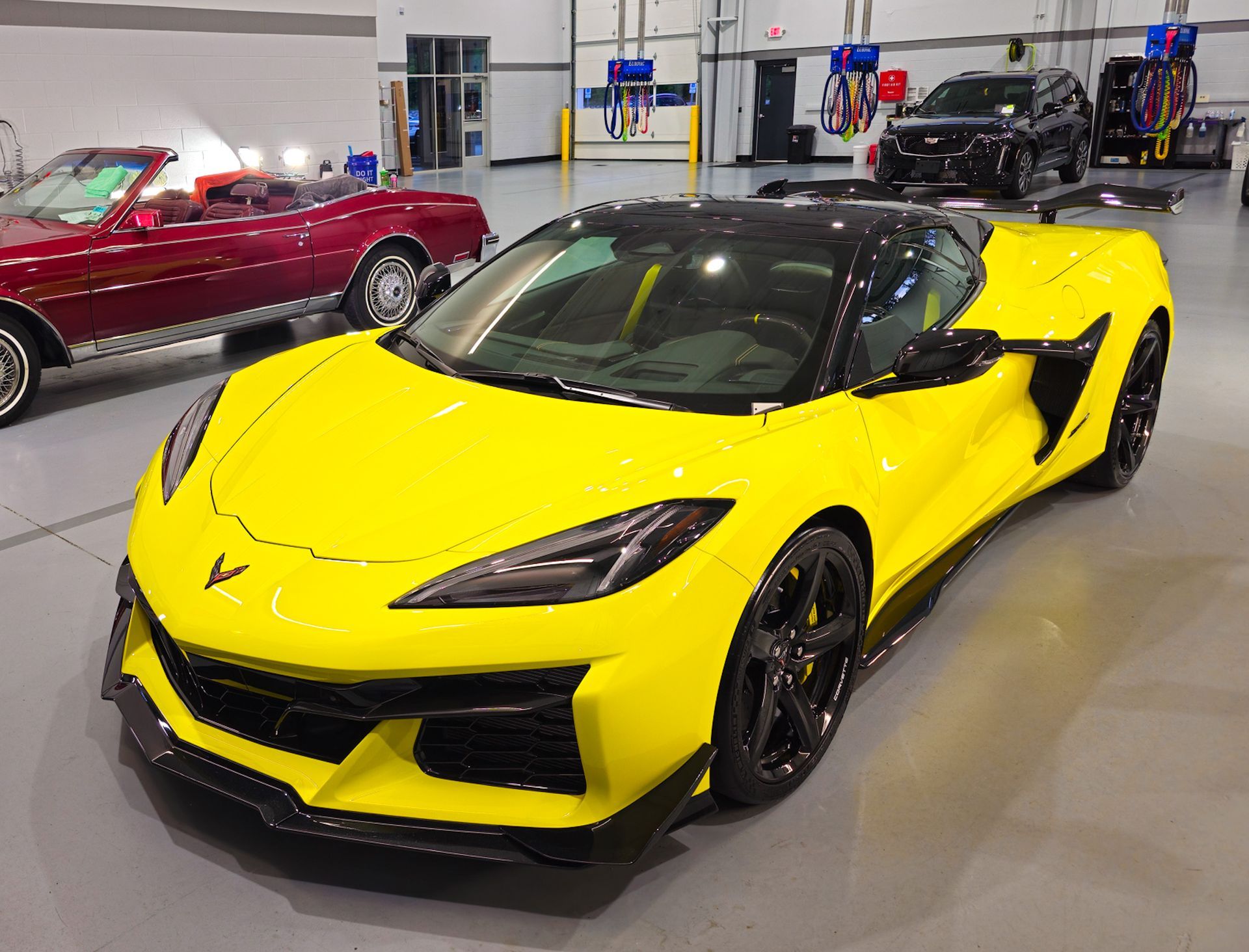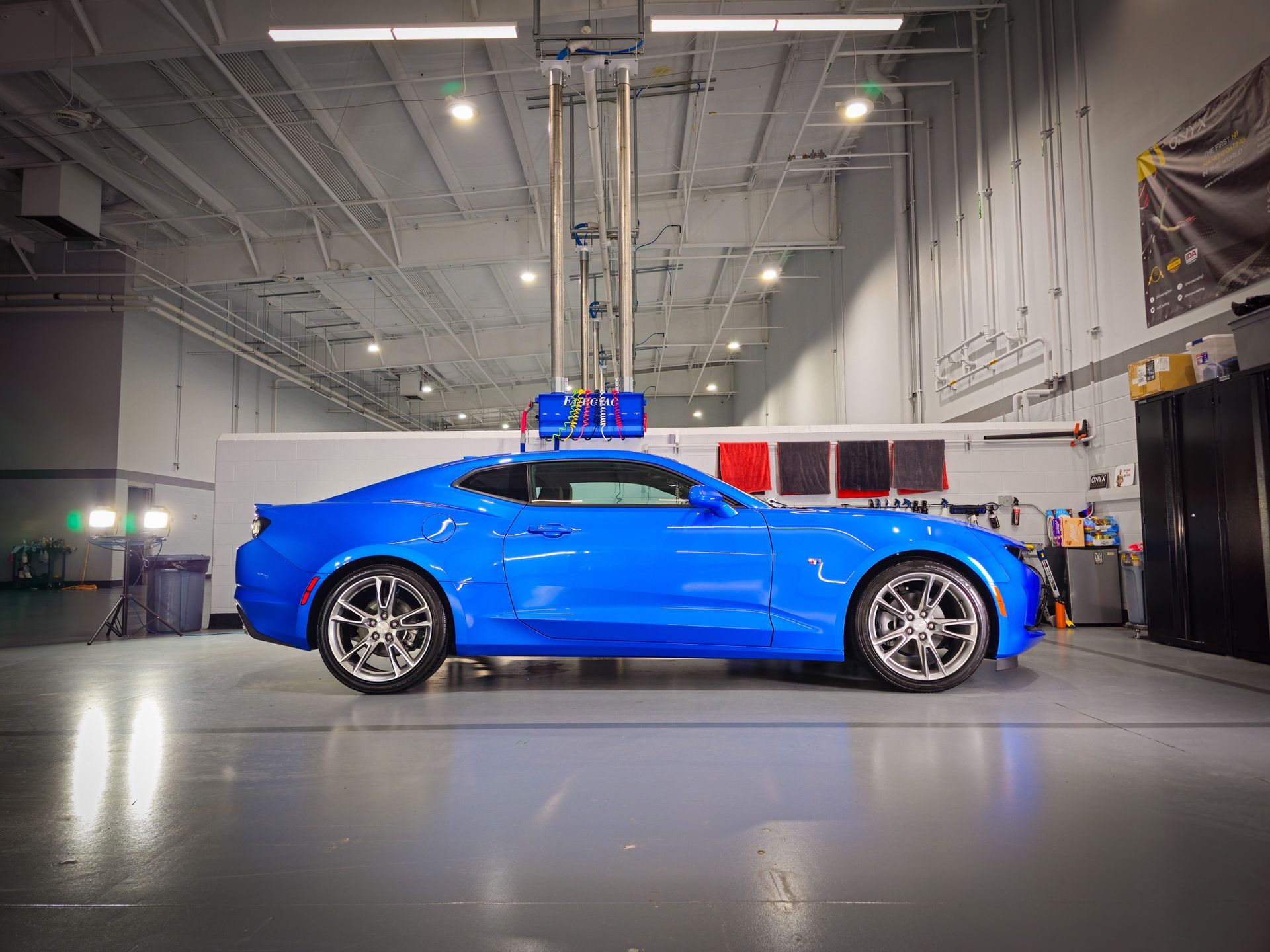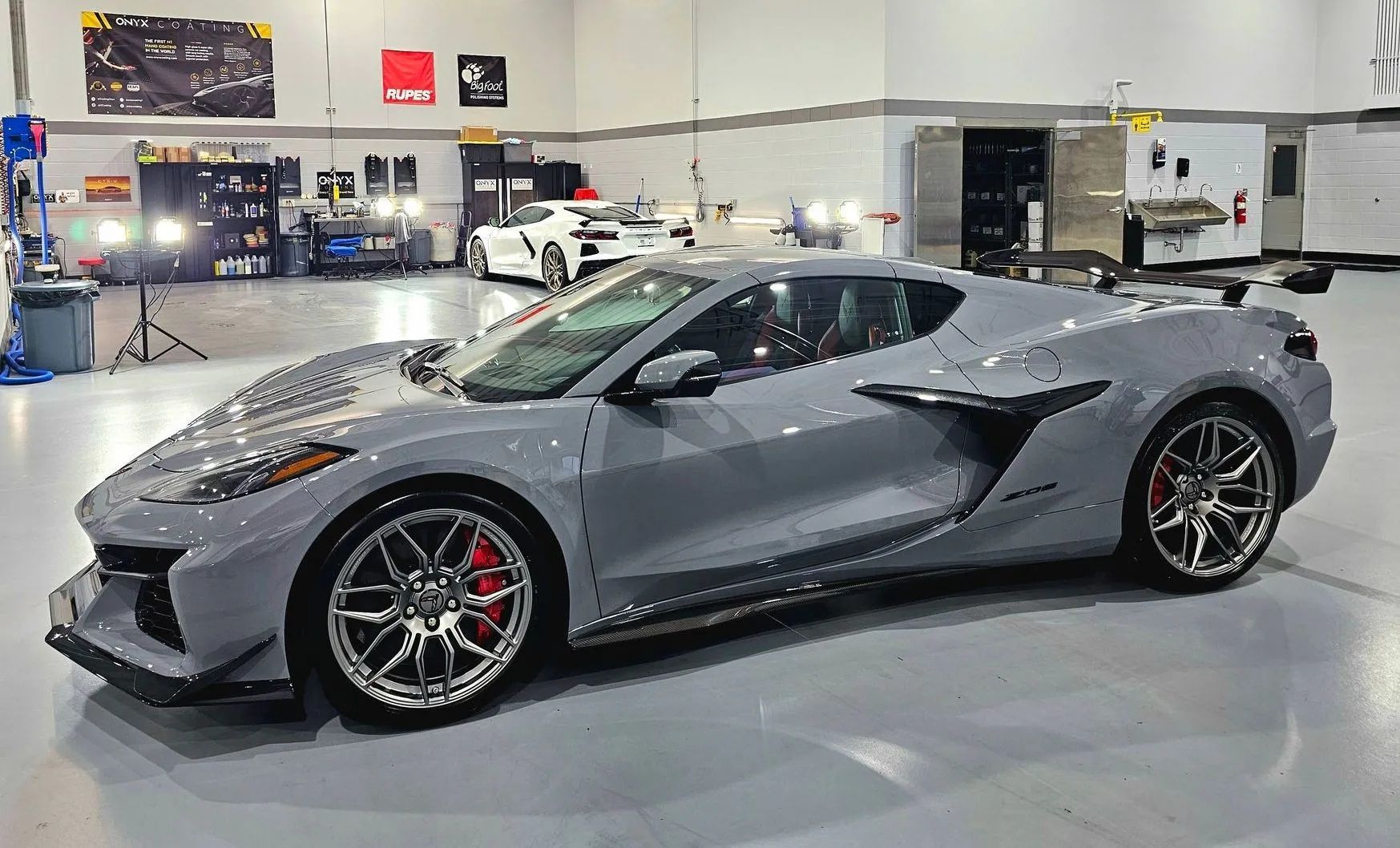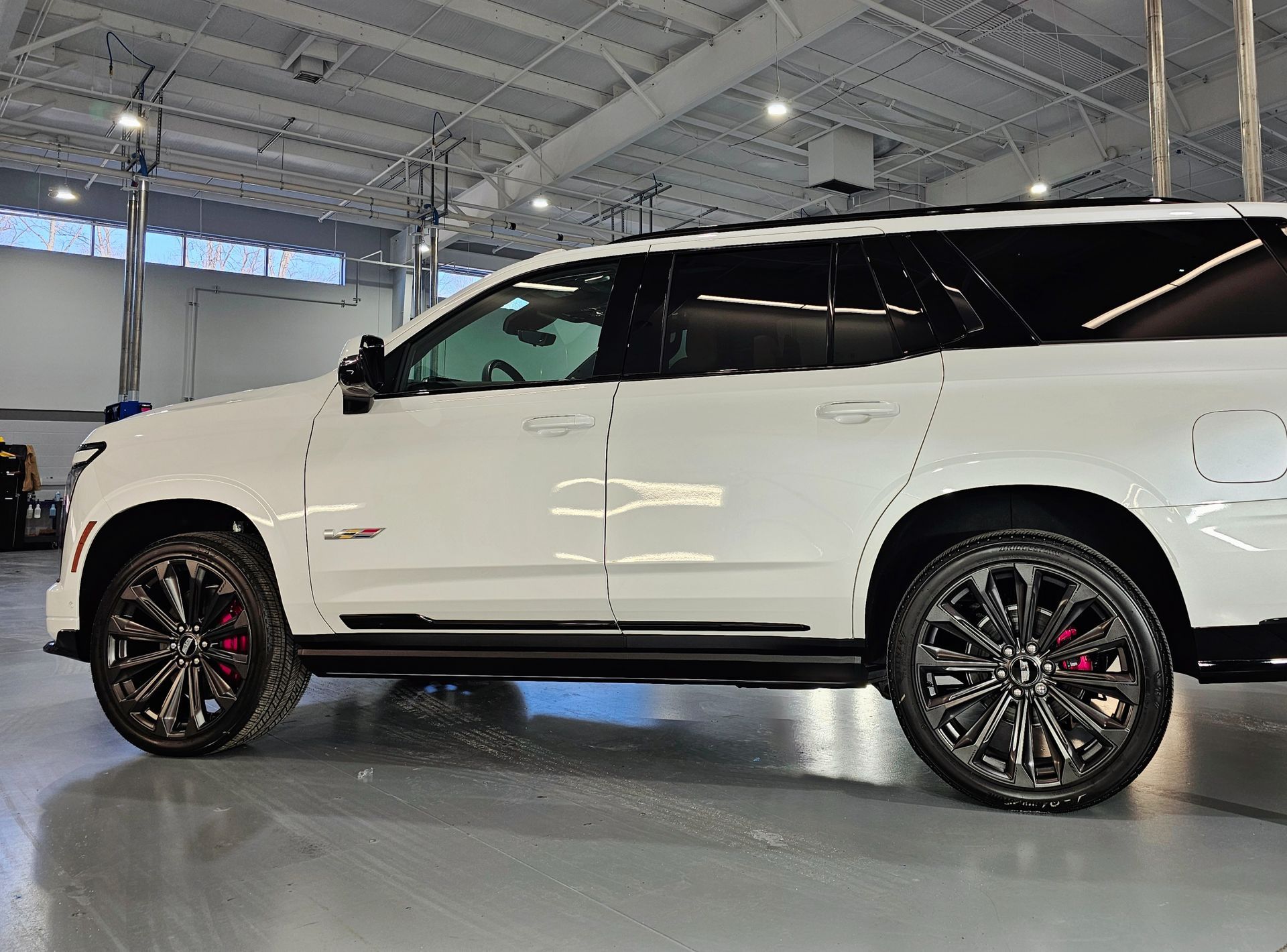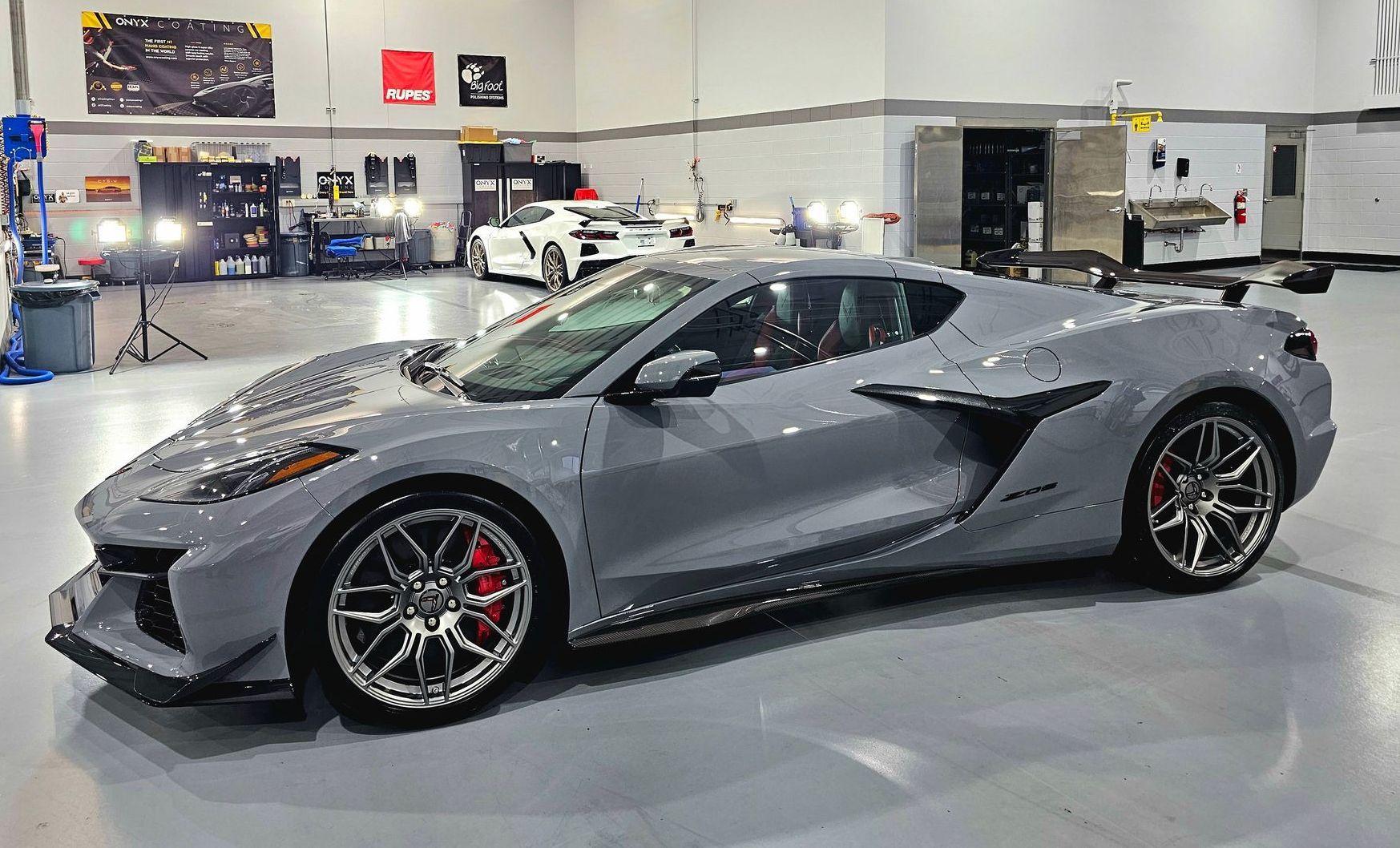Why Auto Window Tint Is a Smart Investment: Top Benefits Explained
CALL (260) 436-9274
Auto window tinting might seem like just another cosmetic upgrade for your vehicle, but it’s actually packed with benefits that can enhance your driving experience and increase the longevity of your car. Have you ever stepped into a scorching hot car or cringed at the thought of harmful UV rays damaging your skin during commutes? Those aren’t just uncomfortable situations—they’re also preventable issues. By investing in quality window tints, you can enjoy cooler rides, better protection from the sun, and even higher resale value down the road. Let’s dive into the reasons why window tinting is worth considering for both comfort and security.
Auto window tinting is considered a smart investment today because it offers numerous benefits, including significant heat reduction, which enhances comfort during hot weather, and provides up to 99% UV protection to safeguard your skin from harmful rays. Additionally, it improves privacy and security by making it difficult for potential thieves to see inside the vehicle while also preserving the interior's aesthetic appeal and resale value over time.
Key Benefits of Auto Window Tint
The first major advantage of auto window tint is its impressive UV protection. Good quality tints can block up to an astounding 99% of harmful UV rays. This significant measure helps reduce the risk of skin damage and skin cancer for you and your passengers during long drives. Imagine taking a road trip with the sun shining brightly, knowing that your skin is protected from those invisible rays. It’s a comforting thought! Plus, it keeps your car's interior from fading or cracking due to prolonged sun exposure, which ties directly into the longevity of your vehicle’s aesthetic appeal.
Moving on from UV protection, let’s talk about how window tints work magic on temperature—specifically with heat reduction. Tints also offer remarkable heat reduction benefits; premium films like ceramic tints can significantly lower the internal temperature of your vehicle by blocking infrared rays. Have you ever stepped into a hot car after it’s been parked under the sun? It can feel like stepping into an oven! With effective window tinting, you can experience a cooler cabin even on the hottest days. Not only does this increase comfort, but it also leads to energy savings as your air conditioner won’t have to work as hard to cool down the space. This means lower fuel consumption and potentially reduced energy costs over time.
As we consider comfort and energy savings, we should also highlight another important benefit: glare reduction. Glare reduction plays a vital role in enhancing safety while driving. Tinted windows minimize glare from both the sun and oncoming headlights, which can distract drivers and impair visibility. By reducing this discomforting glare by up to 90%, you can maintain sharper vision while navigating through bright conditions. Think about night driving; if you’ve ever been blinded by headlights during dusk, you know how dangerous it can be. Properly tinted windows help keep your focus where it needs to be—with the road ahead.
Beyond safety features, let's explore another layer of security provided by auto window tinting: enhanced privacy. Tinted windows provide an added layer of privacy for both passengers and belongings within your vehicle. Darker tints make it challenging for outsiders to see inside your car, deterring potential thieves who might target what they perceive as easy pickings. It’s a smart choice for anyone who transports valuables or simply enjoys protecting their personal space while on the road. Enhanced privacy not only promotes peace of mind but also encourages a sense of security throughout your journey.
Finally, preserving the car's interior through window tint is essential for long-term vehicle value. Last but not least, we must emphasize how window tints contribute to interior preservation. By effectively blocking UV rays and minimizing heat exposure, tinted windows help prevent fading and cracking of upholstery over time. This kind of investment protects your car's resale value too! Just think about it: when you're ready to sell your vehicle years down the line, having a well-preserved interior can significantly enhance its appeal to buyers—and help you secure a better price. With these key benefits in mind, we now shift our focus toward the added sense of security that comes with having darker tinted windows.
Enhanced Privacy and Security
One of the understated yet invaluable benefits of auto window tint is its ability to provide enhanced privacy and increased security for you and your vehicle. Imagine this: you're parking your car outside a busy shopping center. While scouring the aisles for the perfect item, you return to find your car untouched, unlike some of its neighbors that suffered from break-ins. The reason? If they couldn't see what was inside, what would prompt a thief to take their chances with yours?
According to a study by the Insurance Institute for Highway Safety (IIHS), vehicles with visible interior items are 50% more likely to be targeted for theft, whereas cars with tinted windows can obscure these valuable items from view. This heightened layer of privacy helps deter thieves and keeps personal belongings out of sight. However, it goes beyond merely making it harder for someone to peer through the glass. The actual glass itself can be fortified against shattering due to an impact or attempted break-in when equipped with quality tint. With every installation, you’re making a decision that not only enhances your day-to-day comfort but also fortifies your vehicle's integrity.
In my experience, many people share how tinted windows have given them a stronger sense of security about their possessions and their personal safety while driving—a feeling that's worth far more than money. Now think about this: when you've just spent a considerable amount on upgrading your vehicle’s audio system or have valuable sports gear in the backseat, the last thing you want is a curious stranger peeking inside. Tinted windows create a barrier that dissuades bad actors from even considering your car as an opportunity.
This extra layer of security allows you to drive without constantly worrying about being targeted based on visual temptations. Furthermore, research indicates that around 70% of car thefts occur when vehicles are parked; this statistic emphasizes the need for enhanced security measures such as window tinting. Cars with tinted windows are shown to be 30% less likely to be targeted for theft compared to those lacking this protection.
With these benefits in play, many consumers report feeling safer within their vehicles when tinted windows are an established part of their overall maintenance routine. It's about confidence—not merely in staying stylish but trusting that you’re safeguarding your assets effectively while making bold choices in vehicle aesthetics. As we examine these crucial aspects further, it's vital to consider how specific features in window tinting can shield against harmful rays and reduce excessive heat inside your vehicle.
UV Ray Protection and Heat Reduction
The dangers posed by ultraviolet (UV) rays infiltrating your vehicle cannot be overstated. While we often think about applying sunscreen before a day in the sun, we tend to overlook exposure while driving. Ultraviolet rays can penetrate through standard car windows, leading to skin damage and even accelerating the aging process. Imagine driving for long hours on a sunny day without realizing that the sunlight is silently doing harm to your skin. Thankfully, high-quality window films, particularly ceramic tints, offer a robust defense by blocking up to 99% of these harmful rays.
According to the Skin Cancer Foundation, people who are frequently exposed to UV radiation while driving are at a significantly higher risk for skin issues. Investing in effective UV-blocking window tints drastically mitigates this risk and provides peace of mind during those long commutes or weekend getaways.
Heat Reduction
Now let’s talk about heat—a common enemy of comfort during those scorching summer months. Studies indicate that using quality window tint can effectively lower the internal temperature of your car by up to 60%. Picture stepping into your car on a hot day; it feels like you're entering an oven without window tint. However, with efficient window films, the climate inside can be significantly more bearable.
This remarkable reduction in heat doesn’t only enhance comfort—it's also advantageous for your vehicle's systems. When the interior temperature is maintained at comfortable levels, the strain on your air conditioning system decreases, resulting in improved energy efficiency and minor fuel consumption. It's a win-win scenario: save yourself from sweating it out inside a sweltering vehicle while extending the life of your AC unit by reducing its workload.
The combined benefits of protecting against UV rays and reducing heat pave the way for understanding how these enhancements lead to significant financial advantages and overall vehicle efficiency moving forward.
Cost Savings and Energy Efficiency
Start thinking about the impact of car window tinting on your wallet. By reducing the heat that enters your vehicle, window tints minimize the need for your air conditioning system to work overtime. This means less fuel consumption and who doesn’t want to save at the pump? Studies have shown that with proper tinting, drivers can experience up to a 10% reduction in fuel costs simply because they’re relying less on their AC.
Over time, those small savings can add up significantly. Imagine driving around during scorching summer months where the sun beats down mercilessly. With tinted windows, not only is the interior of your car cooler, but you also aren’t cranking down your air conditioning settings as much. It’s like finding dollars in your pocket every time you fill up. What’s more, using less AC means minimizing wear and tear on your air conditioning system, contributing to its longevity and saving you from expensive repairs down the road. Regular maintenance for an AC system usually costs around $100 annually, so think of that saved money as a bonus.
Another aspect of cost savings stems from protecting your vehicle's interior. Tinted windows shield upholstery from harmful UV rays, preventing fading and cracking, which could lead to costly interior repairs. Just think about that leather dashboard after years in direct sunlight; it’s much pricier to replace than it is to maintain! With window films, you're not just adding privacy or comfort—you're actively preserving the value of your car.
As we explore these advantages further, it's essential to navigate the regulations surrounding window tinting to ensure compliance and enjoy all these benefits without penalties.
Legal Guidelines for Window Tinting
Different regions have distinct laws and regulations regarding auto window tints, and New York is no exception. It's important to be aware of these regulations to keep your vehicle compliant and ensure your safety while driving. Auto window tinting laws in New York were established back in 1991 and have undergone amendments, with significant updates made in 2017. Knowing the specifics can save you from potential headaches—after all, ignorance is not bliss when it comes to legal matters on the road.
At the heart of these regulations is the concept of Visible Light Transmission (VLT). This measures the percentage of light that passes through your windows and directly affects both visibility and safety. In New York, for sedans, front and back windows must allow over 70% of light to pass through. If you own an SUV or a van, there are similar requirements; however, they often allow darker tints on rear side windows. This distinction helps maintain visibility for drivers and ensures that law enforcement can easily see inside the vehicle when necessary.
Non-reflective tints may only be used at the top 6 inches of the windshield. This rule exists to maximize visibility where it counts most: in front of you while driving. It’s crucial to understand what happens if you fail to adhere to these guidelines. Fines can pile up quickly for illegal tints, and in some scenarios, authorities may even mandate removal of the tint entirely—a costly scenario many would like to avoid. Getting slapped with fines not only hurts your wallet but can also lead to points on your license.
Consult Resources for Compliance
To stay updated on the rules and ensure compliance, consider referring to credible resources such as the International Window Film Association (IWFA). They provide comprehensive information on various regulations that vary by state and can help you make decisions based on localized laws.
When in doubt about tinting options or local laws, consulting with professionals who specialize in auto window films can help clarify what's permitted. As a car owner, you must remain vigilant about local regulations, including being aware of exceptions that may apply to individuals with medical conditions requiring a specific shade of tint. For these cases, proper documentation and filing are necessary to obtain exemptions. With legal considerations clarified, it's essential to explore how these guidelines shape your options when assessing different tinting solutions for your vehicle.
Selecting the Best Tint for Your Vehicle
Choosing the right window tint for your vehicle is akin to selecting the perfect accessory for an outfit; it should reflect your style while serving a significant purpose. Begin by considering your primary objectives: Are you looking for increased privacy, protection from harmful UV rays, or simply a cooler cabin during hot summer days? Identifying your priorities can help you navigate through the various options available.
Types of Tints
Among the common types of tints, dyed film stands out as the most basic and budget-friendly choice. While it provides minimal heat rejection and glare reduction, it offers little UV protection overall. In contrast, metalized film incorporates tiny metallic particles that effectively reflect sunlight, improving both strength and performance. However, this option may interfere with electronic signals, which can be problematic for tech-loaded vehicles.
On the other hand, carbon film has gained popularity due to its lack of metal content, meaning no signal interference while still offering impressive heat rejection capabilities. It strikes a balance between affordability and effectiveness. Lastly, consider ceramic film, which represents the pinnacle of window tint technology. Although more expensive, its superior performance without hindering electronics makes it a top-tier option for those who want long-lasting benefits.
When deciding on a type of tint, ceramic films are an excellent choice for anyone serious about protection and durability in their vehicle. They are pricier upfront but pay off in performance over time—blocking harmful UV rays efficiently while maintaining clarity and color integrity. After you've made your selection based on performance criteria and personal preferences, it's crucial to ensure that your tinting is done professionally. An experienced installer will not only guarantee that your new tint maximizes effectiveness but also ensure compliance with local legal standards regarding auto window tinting. Investing wisely in high-quality tint is futile if subpar installation diminishes those benefits or leads to fines down the road!
Ultimately, taking the time to choose the right tint can enhance your driving experience and offer substantial long-term advantages. You'll find that the right window tint does more than just look good—it protects you and your vehicle too!
The Ultimate Window Tinting Experience in Fort Wayne, IN
Ready to beat the heat and boost your ride’s style? 14/69 Super Center in Fort Wayne, IN offers premium auto window tinting that combines sleek looks with serious performance. Our expert installation helps reduce glare, block harmful UV rays, and keep your interior cooler and more comfortable year-round. Whether you're after privacy, protection, or just a cleaner look, our window tinting solutions are built to last. Stop by today and see how we can upgrade your drive—one window at a time.

